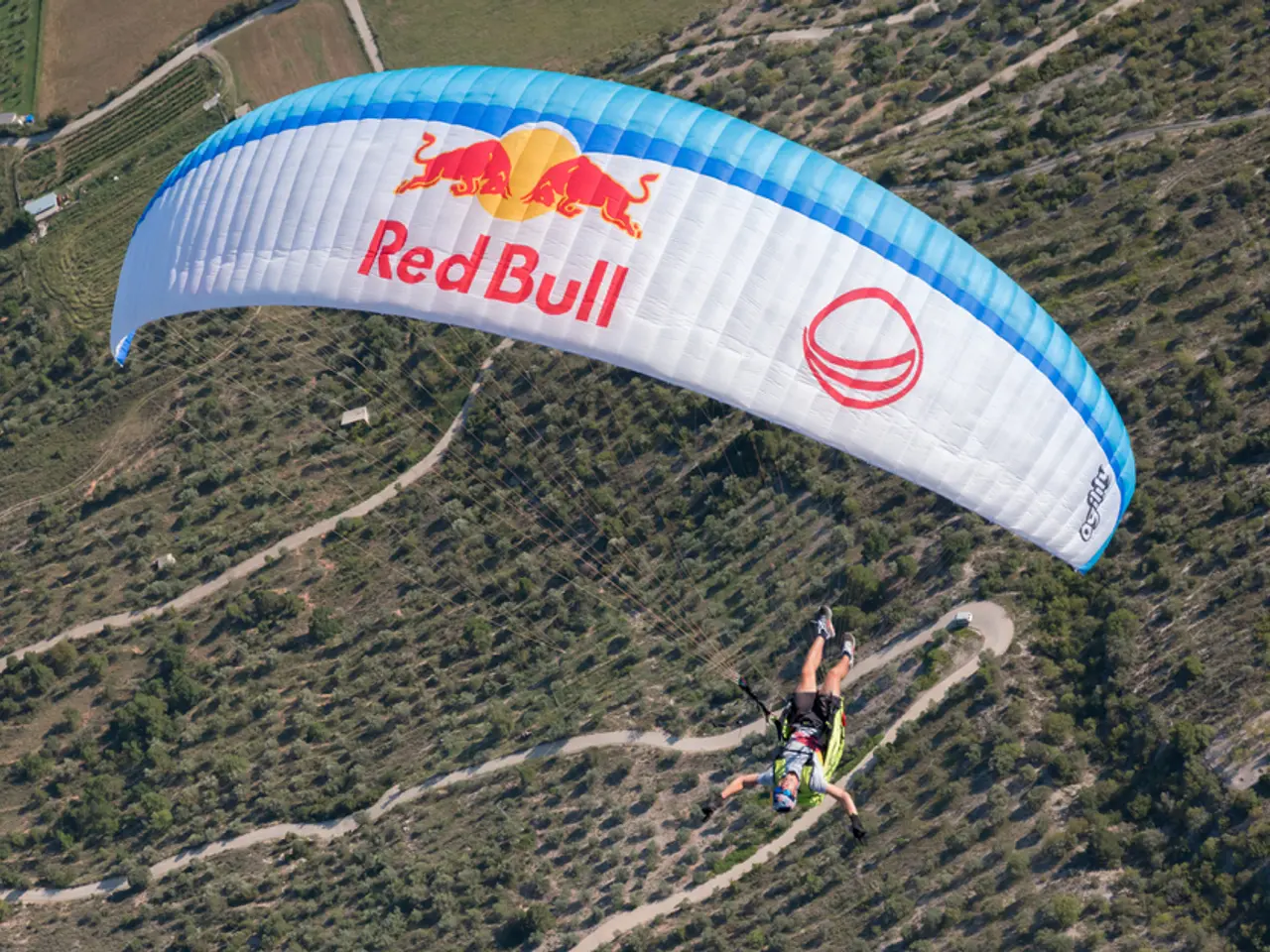The creation of wingsuits: a question of aeronautical innovation
In a thrilling blend of science and adventure, wingsuit flying has captured the hearts of adrenaline junkies and aviation enthusiasts alike. This exhilarating sport, which allows participants to glide through the sky at breakneck speeds, traces its origins back to 1930.
The first wingsuit jump was made nearly a century ago, and since then, the sport has evolved significantly. It all started with an inspiration from nature – the flying squirrel – and the aerofoil, a shape derived from observing the wings of flying animals. Today, the modern wingsuit, designed by Finnish BASE jumper Jari Kuosma, is a marvel of engineering, enabling people to experience the sensation of flight.
Wingsuits are designed for BASE jumpers and skydivers who take off from fixed objects such as cliffs or tall buildings, or leap from helicopters and planes. The large, sheet-like design of the wingsuit increases the wearer's surface area, which in turn increases lift. When air hits the suit, it splits with some moving along the curved top and some below the flat bottom. This design gives a skydiver the sensation of flight as they glide, with manipulating body position creating a descent at speeds of up to 250 kilometers per hour.
The average wingsuiter falls at 160 kilometers per hour, but the wingsuit's aerodynamic properties allow for a controlled descent. The air moving from a person's head along their body is used in the aerofoil of the wingsuit. The effect of air moving over the top of the suit slows and deflects the air moving below it, pushing the person up and backwards. Air traveling over the top of the suit moves quicker and reaches the end of the material first, creating a pressure difference that produces lift.
The mental and physical skills demonstrated by BASE jumpers and skydivers in global competitions are made more impressive by the underlying element of peril. Competitions judge jumpers on speed, distance, acrobatics, and synchronization, making for a spectacle of skill and courage.
For those eager to learn more about the science behind wingsuit flying, the latest copy of "How It Works" magazine contains more articles on science and technology. The physics of wingsuit flying relies on the principles of aerodynamics, where the wingsuit acts like an aerofoil to generate lift and reduce the rate of descent, allowing the flyer to glide horizontally while slowing their fall.
References: [1] Aerodynamics of Wingsuit Flying. (n.d.). Retrieved from https://www.wingsuit.org/aerodynamics/ [2] The Science Behind Wingsuit Flying. (n.d.). Retrieved from https://www.wingsuitexperience.com/science-behind-wingsuit-flying/
- The sport of wingsuit flying, originating from observations of the aerofoil in flying animals like the flying squirrel, is a testament to the intersection of science and nature.
- Today, technology plays a significant role in wingsuit development, with modern wingsuits, such as the one designed by Finnish BASE jumper Jari Kuosma, embodying the principles of aerodynamics to provide an unparalleled flight experience.
- In the realm of sports, wingsuit flying is not just thrilling but also demands a deep understanding of physics, making it a fascinating blend of adventure, science, and competition.








